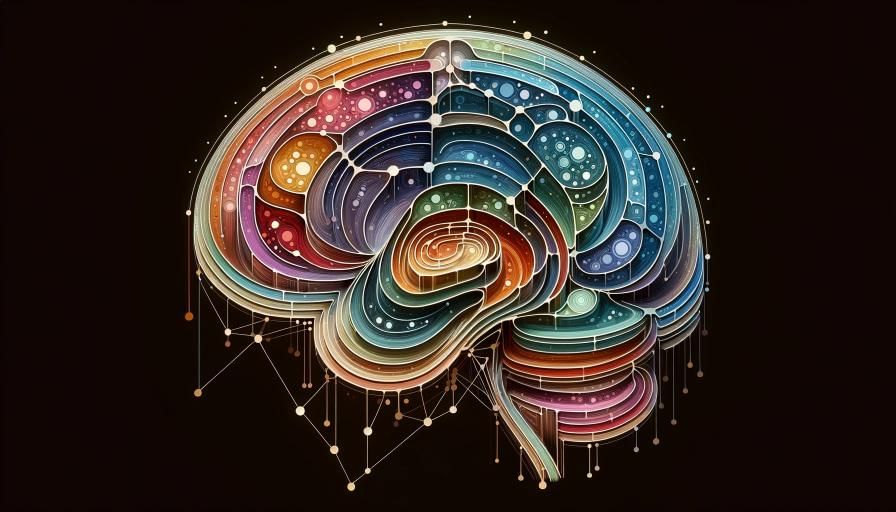The concept of intelligence has always been a topic of intense research and debate in the fields of psychology and education. Among the various theories proposed to explain the nature of intelligence, the Hierarchical Theory stands out for its comprehensive approach. This theory, which conceptualizes intelligence as a layered structure of abilities, offers a nuanced understanding of cognitive capabilities. In this article, we delve into the depths of the Hierarchical Theory of Intelligence and explore how it helps in understanding the complex nature of human cognition.
Understanding the Hierarchical Model
The Hierarchical Theory of Intelligence posits that cognitive abilities are organized in a hierarchical manner. This structure typically involves a broad, general intelligence at the top, underpinned by several more specific abilities. The idea is that general intelligence, often referred to as 'g', influences a range of narrower cognitive skills. These skills or abilities can be further divided into specific domains, such as verbal, mathematical, spatial, and others.
Historical Background and Development
The roots of this theory can be traced back to the early 20th century, with the pioneering work of psychologists like Charles Spearman. Spearman introduced the concept of 'g', arguing that it was the foundation upon which specific abilities rested. Over the years, other psychologists, including Louis Thurstone and Raymond Cattell, expanded on this idea, introducing concepts like fluid and crystallized intelligence, and further refining the hierarchical model.
Components of Hierarchical Intelligence
- General Intelligence ('g'): At the top of the hierarchy, 'g' represents the overall cognitive capability that influences performance across various cognitive tasks.
- Fluid and Crystallized Intelligence: These are two primary forms of intelligence under 'g'. Fluid intelligence involves problem-solving and reasoning abilities, while crystallized intelligence encompasses knowledge and skills acquired through experience.
- Specialized Abilities: These are more focused skills like numerical ability, verbal fluency, or spatial reasoning, which are influenced by both fluid and crystallized intelligence.
Implications in Education and Psychology
Understanding the hierarchical structure of intelligence has profound implications in educational and psychological practices. It assists educators in designing curricula that cater to different levels of intelligence and helps in identifying specific cognitive strengths and weaknesses in students. In psychology, it aids in understanding cognitive development and decline, and in the assessment and treatment of cognitive impairments.
Debates and Controversies
While the Hierarchical Theory of Intelligence is widely accepted, it is not without its controversies. Critics argue that it oversimplifies the complexity of intelligence and does not adequately account for non-cognitive factors like creativity, emotional intelligence, and cultural influences.
Conclusion
The Hierarchical Theory of Intelligence offers a valuable framework for understanding human cognitive abilities. By acknowledging the layered structure of intelligence, it provides insights into how different cognitive processes are interrelated and how they contribute to overall intellectual functioning. As research continues, this theory may evolve, offering even deeper insights into the mysterious workings of the human mind.
References:
- Thurstone's Contributions - iResearchNet - psychology.iresearchnet.com
- Thurstone's Influence and Theory - Wikipedia - en.wikipedia.org
- Thurstone Group Factor Theory - Prep With Harshita - prepwithharshita.com
